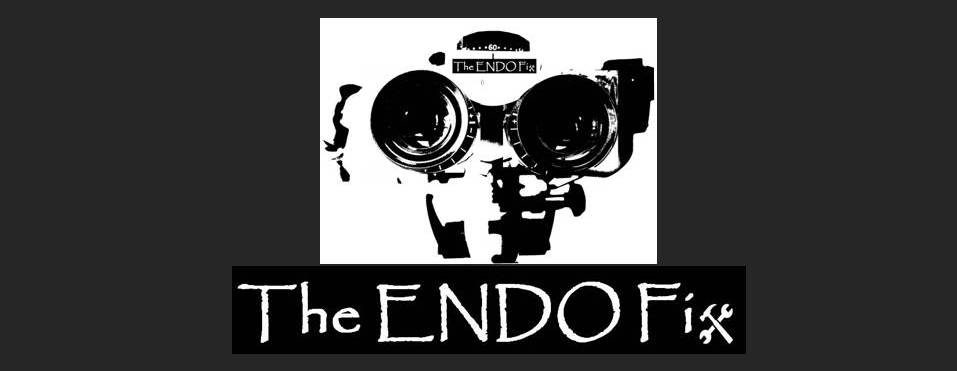Decompression of a Dens in Dente Central Incisor


This was was an interesting tooth. It had a large talon on the palatal leading to a c shaped dens in dente or tooth within a tooth. There was a very large apical finding. Symptoms didn’t resolve after the first round of calcium hydroxide. So we added a decompression. The main goal of a decompression is to shrink the “lesion” and decrease the likelihood of collateral damage. In this case, surgery would have almost certainly devitalized the adjacent lateral incisor.
Decompression or true marsupialization works on the theory that creating a drain makes the epithelium creep inward along the bone pushing the cyst or granuloma outwardly. Otherwise it works by traumatically disrupting things allowing for subsequent healing. Marsupialization is a pretty slow process. We created a flange on a piece of surgical tubing, then sutured into place. The patient had instructions to irrigate a couple times a day with chlorhexidine. In this case we kept it in for over 3 months. This was a longer term calcium hydroxide case. We root-filled at about a year. Complete radiographic clearing was realized over time.




You must be logged in to post a comment.